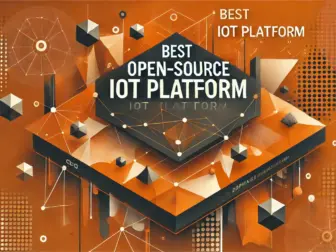Tag - IoT microservices
The Power of IoT Microservices: Enhancing Connectivity, Scalability, and Efficiency
In today’s rapidly evolving digital landscape, the Internet of Things (IoT) has emerged as a transformative technology, revolutionizing the way we interact with our surroundings. IoT devices are becoming increasingly prevalent in various industries, from smart homes and cities to healthcare and manufacturing. These connected devices generate vast amounts of data, creating a need for efficient processing and analysis mechanisms.
One of the key enablers of IoT ecosystems is microservices architecture, which allows for the development of modular, independent services that can be easily scaled and deployed. IoT microservices offer numerous benefits, including enhanced connectivity, scalability, and efficiency.
Connectivity is a critical aspect of IoT applications, as it enables seamless communication between devices, sensors, and cloud services. With microservices, developers can create lightweight services that can be easily integrated with different IoT components, facilitating interoperability and data exchange. This flexibility in connectivity enables the creation of complex IoT systems that can adapt to changing requirements and evolving technologies.
Scalability is another crucial factor in IoT deployments, as the number of connected devices and data volumes continue to grow exponentially. Microservices architecture provides a scalable solution by allowing services to be independently deployed and scaled based on demand. This granular scalability ensures that IoT applications can handle varying workloads and accommodate future growth without significant re-architecture or downtime.
Efficiency is a key advantage of using microservices in IoT applications, as it enables developers to focus on specific functionalities and optimize performance. By breaking down complex IoT systems into smaller, manageable services, developers can streamline development cycles, reduce time-to-market, and improve overall system performance. Additionally, microservices promote reusability and maintainability, making it easier to update and enhance IoT applications over time.
Despite the numerous benefits of IoT microservices, there are challenges that organizations may face when implementing this architecture. Managing the complexity of interconnected services, ensuring data security and privacy, and orchestrating service interactions are some of the key challenges that need to be addressed. However, with careful planning, robust design principles, and advanced tools and technologies, these challenges can be overcome to realize the full potential of IoT microservices.
In conclusion, IoT microservices offer a powerful framework for enhancing connectivity, scalability, and efficiency in IoT applications. By leveraging the modularity, flexibility, and scalability of microservices architecture, organizations can create innovative and resilient IoT solutions that drive digital transformation and deliver value to users and businesses alike.
